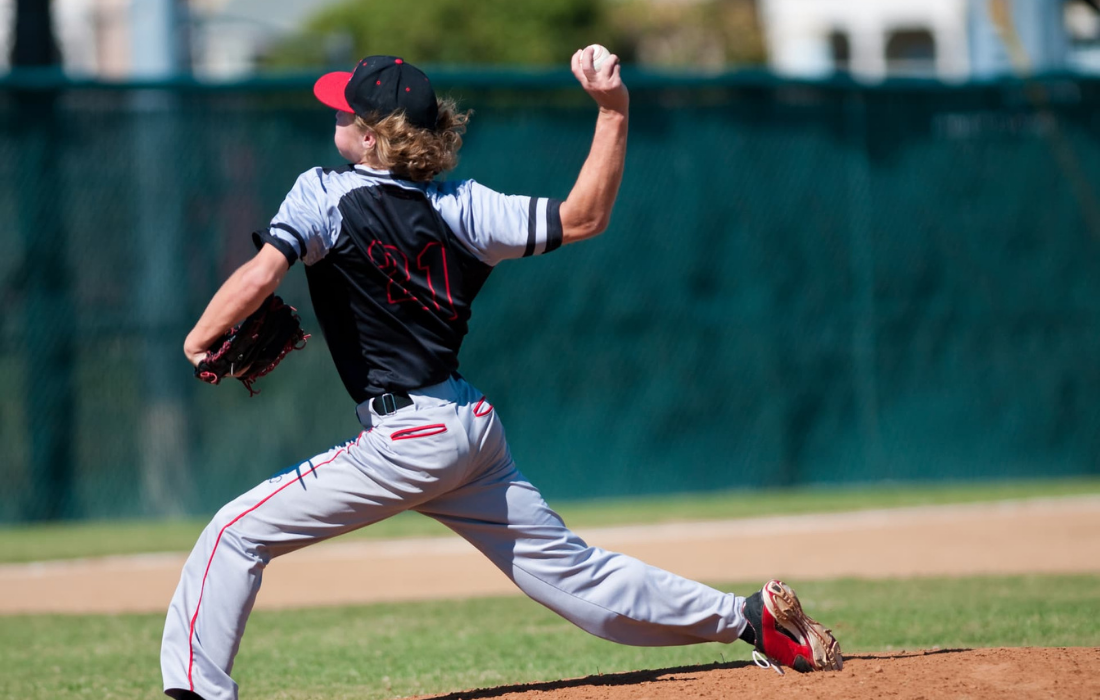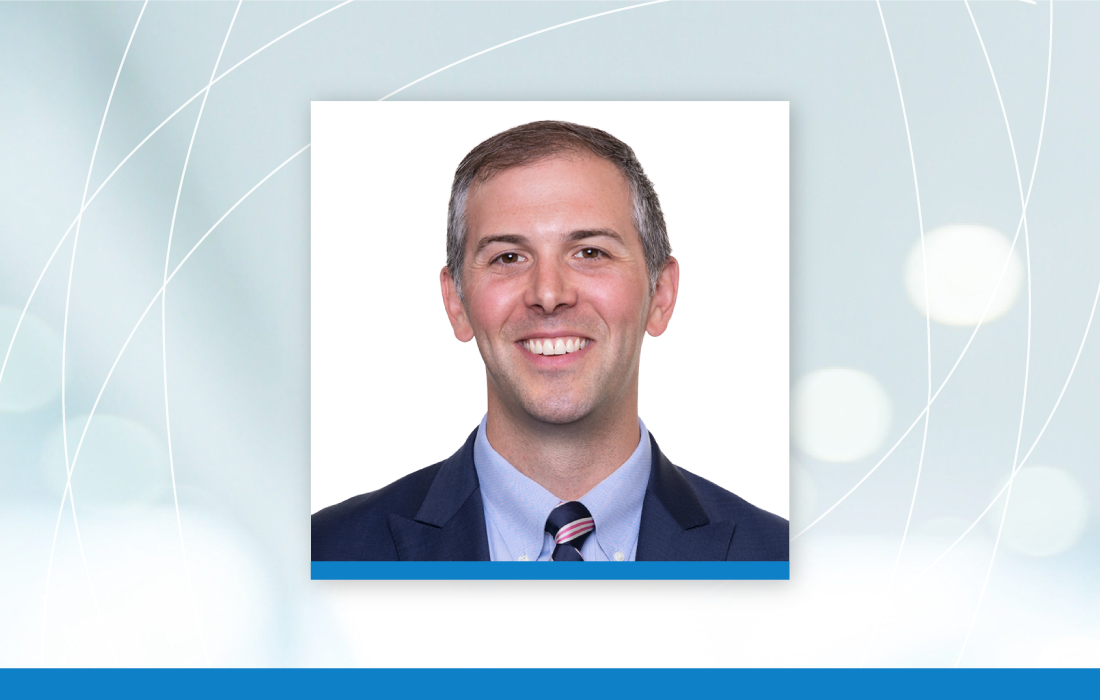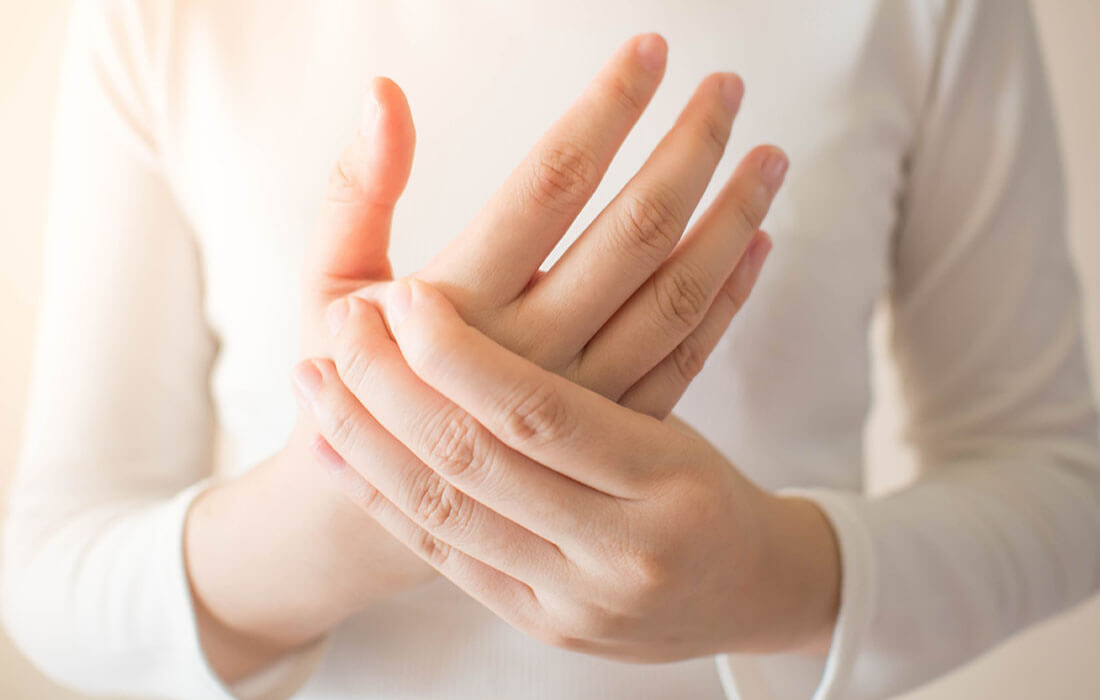What is the ulnar collateral ligament (UCL)?
The elbow is a joint where three bones in your body meet: the two bones in the forearm (radius and ulna) and the upper arm bone (humerus). Within the elbow joint are thick bands of tissue known as ligaments. There are thicker ligaments on the outer and inner sides of the elbow known as collateral ligaments. Together, they all hold the joint together, prevent it from dislocating and help it move.
The ligament on the inner side is known as the ulnar collateral ligament (UCL). It runs from the ulna to the humerus and attaches the two bones together.
What are some ways the UCL can become injured?
UCL Tears
Though the UCL can be injured in several ways, the most common is tearing of the UCL due to overuse. Also known as a UCL sprain, this injury frequently occurs in athletes in sports that require a lot of overhead arm use, such as a baseball pitcher.
This overuse injury is common in children under 15 who pitch. If a child states that they have pain when throwing, he or she should be assessed by a physician as soon as possible. A UCL tear should not be confused with Little League elbow, which is an injury of the growth plates at the ends of the bones in the elbow.
It should be noted that although a UCL tear will impact the ability to participate in a sport that requires throwing, it does not typically affect everyday activity or even exercising.
Trauma to the UCL
The UCL can also become damaged if a patient falls on an outstretched arm. This can cause the UCL to be violently pulled from the humerus, taking a small piece of bone along with it. This is known as an avulsion fracture. However, this injury is a rare occurrence and is usually accompanied by an elbow fracture or dislocation.
What are the symptoms of a UCL injury?
Symptoms that the UCL has been injured can include:
- Numbness and tingling in the ring and pinky fingers
- Pain on the inside of the elbow after throwing or any other overhead activity for a period of time
- Pain when moving the arm forward quickly, such as during a pitch
- Sudden pain or a popping sound coming from the inside of the elbow
How is a UCL injury treated?
Nonsurgical Treatment
Nonsurgical treatments are designed to alleviate pain and stabilize the elbow. They can include:
- Resting for a recommended period of time
- Nonsteroidal anti-inflammatory drugs (NSAIDS) such as ibuprofen, naproxen, etc.
- Applying ice to the elbow on a daily basis until the swelling and pain are gone
- Physical therapy to strengthen the muscles around the elbow to offset the torn UCL
Surgical Reconstruction of the UCL
Surgery may be recommended if the patient wishes to return to their overhead throwing activity and nonsurgical treatments failed to relieve their symptoms.
Tommy John Surgery—also known as UCL reconstruction—is an outpatient procedure in which the surgeon takes a tendon from another part of the body (or from a donor) and attaches it to the humerus and ulna. The tendon is threaded through holes made in the bone to attach it, and in some cases the original ligament is attached to the grafted tendon to reinforce the structure. The surgery is named after a former Los Angeles pitcher who was the first to undergo this type of surgery in 1974.
For more information about UCL injures or to schedule an appointment with one of our specialists, contact us today.




